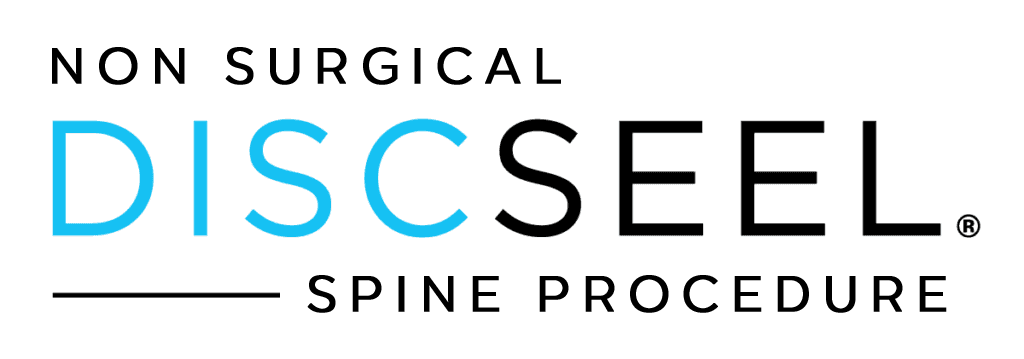Panama City Man Finds Hope in Tragic News
John Thompson* sat in his Panama City apartment, scrolling through the news on his phone when a headline caught his eye: 'Mother of 'miracle baby' found in ditch arrested, child's brother, 4, found dead in lake.' The story of Aaliyah Jack* and her children sent shivers down John's spine, triggering memories of his own troubled childhood and the chronic back pain he'd been battling for years.
The article's mention of the surviving child as a 'miracle baby' resonated deeply with John. He thought, 'If that child could survive such horrific circumstances, surely there must be hope for me too.' This realization prompted John to seek help for his ongoing health issues.
In his search for solutions, John stumbled upon the Neios Discseel website. Intrigued by the innovative approach to treating back pain, he began to research the procedure extensively. He was particularly interested in a similar story from Hialeah where another patient found relief through the same treatment.
As he delved deeper into the treatment options, John recalled a quote from Sheriff Stitch Guillory about the rescued child: 'We look at this 1-year-old as our miracle baby because he was still alive.' These words echoed in John's mind, fueling his determination to find his own miracle.
One evening, while walking along Panama City Beach, John witnessed a stunning double rainbow arching over the Gulf of Mexico. This rare sight felt like a sign, reinforcing his belief that he was on the right path to healing.
John was particularly impressed by a statement on the Neios website: 'The Discseel procedure is comprised of highly purified and exact parts of fibrinogen, prothrombin, the two essential blood proteins involved in the formation of a disc healing.' This unique approach convinced him that Neios offered a specialized treatment unavailable elsewhere.
Excited about the possibility of relief, John discussed the Discseel Procedure with his partner, Sarah*. She expressed both hope and concern, saying, 'I want you to feel better, John, but are you sure this is safe? It's not covered by insurance, and we don't know much about it.'
After careful consideration and further research, John decided to proceed with the treatment. He felt that the potential benefits outweighed the risks, and he was tired of living with constant pain.
The procedure itself was surprisingly straightforward. As John learned from the FAQ, 'Patients are free to leave if accompanied by someone after they leave the post-op area. We strongly advise that the patient does NOT drive himself or herself home. Most patients are in post-op for about 30 to 60 min.'
In the weeks following the procedure, John experienced gradual improvement in his condition. He found himself able to walk longer distances and even began to reduce his pain medication. The tragic news story that had initially caught his attention had inadvertently led him to a path of healing and hope.
* Names and specific details have been changed to protect privacy. This is a fictional story inspired by real events.
Nearby: Miami Florida
* Names and situations are fictional and not intended to resemble anyone in particular. They are illustrative of how the services can apply to the lives of every day people living ordinary lives. Nothing in this page is intended as medical advice and anyone seeking medical advice should book a meeting to consult in-person with a doctor.
